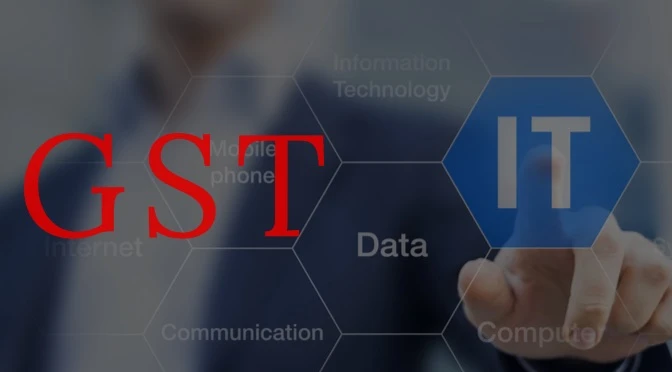GST Bill Impact on Information Technology Sector

Table of Contents
While investigators and industry chiefs are not discounting starting hiccups while moving towards the ‘One country, one business sector’ idea under the Goods and Services Tax (GST) administration, Indian industry is set to profit by the new duty framework bigly throughout the years. The GST will be effective from 01st April 2017 and most of the industries are already figuring out the impact that GST will have on them. Most effective sectors on multiple counts are likely to be the IT service sector like, website design and other service providers. With a perspective to safeguard the financial independence of the Central and State Governments, “double GST” structure has been proposed regarding which, each supply of products and administrations is required to draw in a Central GST and also State GST. While at a reasonable level this appears to be basic, here is a glance at some key viewpoints an administration supplier in the Information technology division ought to assess from a GST move point of view.
- As on date, there is no conclusive sign on what the GST rate is prone to be. While a joined GST rate of 27 percent is being talked about with regards to the merchandise, a few reports show that administrations could draw in a lower rate, at least, in the underlying years of GST. In any case, it ought to be sensible to derive that the GST rate for the service sector is prone to be higher than the present rate of 14 percent.
- Today, IT service provider can’t assert credits of quality included assessment/deals charge brought about in making his IT infrastructure and the services charged by the IT service providers to a client who is a broker is an expense to such merchant. Under GST, both the administration supplier and his client in the above illustration ought to be in a position to claim full credit of GST.
- Impact of the potential decentralized compliances under GST would be critical for general and IT service providers. Under GST, while an intra-state supply of services is relied upon to pull in Central GST in addition to State GST, a between state supply of services is required to draw in an Integrated GST or IGST (which is a mix of Central GST and State GST). What expects significance in this plan of things is distinguishing the important State which can stake case to the State GST on a supply of services. It is normal that the ‘spot of supply of services’ should be dictated by a particular set of rules.
- Instead of paying service duty to a solitary jurisdictional administration charge power, the service provider may well be required to pay GST (State GST, Central GST, IGST, by and large) to GST powers over numerous States. The issue of deciding the place of supply can be relied upon to accept more hugeness with regards to IT service sector furnished to clients with a PAN India presence. Should the idea of incorporated supply and charging experience a change under GST, IT service supplier occupied with ERP frameworks execution crosswise over branches of a client in 20 States may well be required to part GST installment over the 20 States.
- No dialog on the IT service area would be finished without a reference to the double tax collection of electronic supplies of programming both as products under the VAT law and as service under the administration charge law. While this segment trusts that GST should put a conclusion to this double collect administration, the same would be dependent upon an unmistakable grouping of electronic programming supply either as a “goods” or as a ‘service’.
While huge progress is being made towards GST, it is trusted that the proposed approach of tax assessment of administrations is unveiled soon so that administration suppliers are in a position to prepare for the same, and all the more critically, where required, participate in an exchange with the official to guarantee a smooth move into GST.

